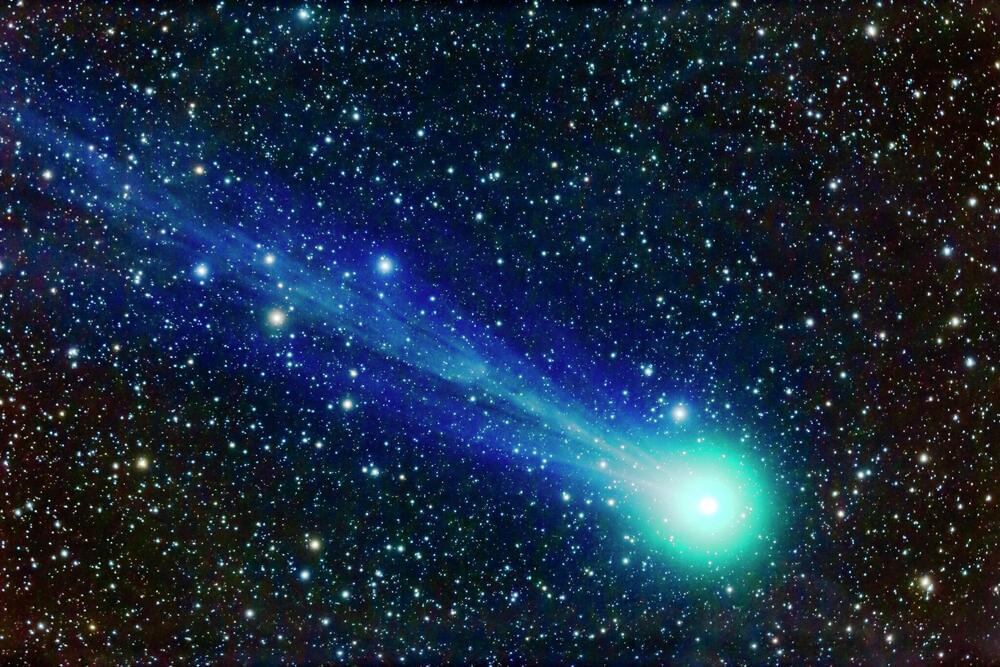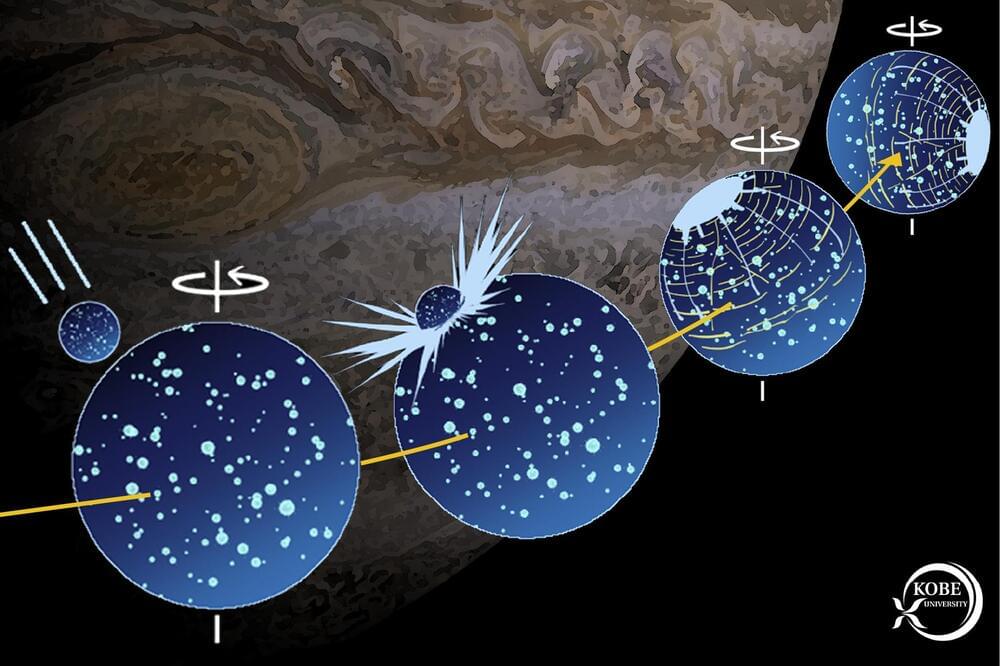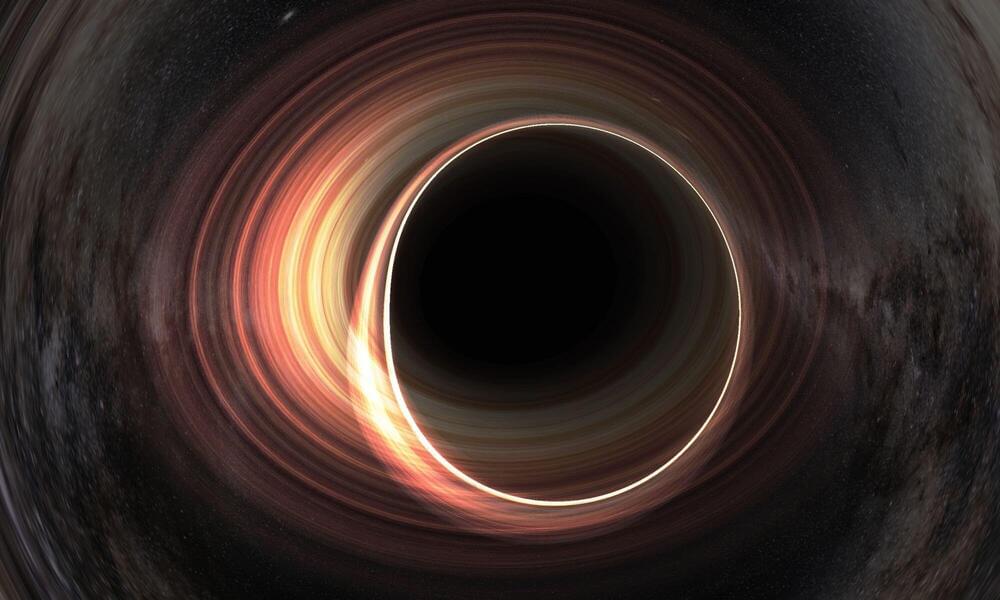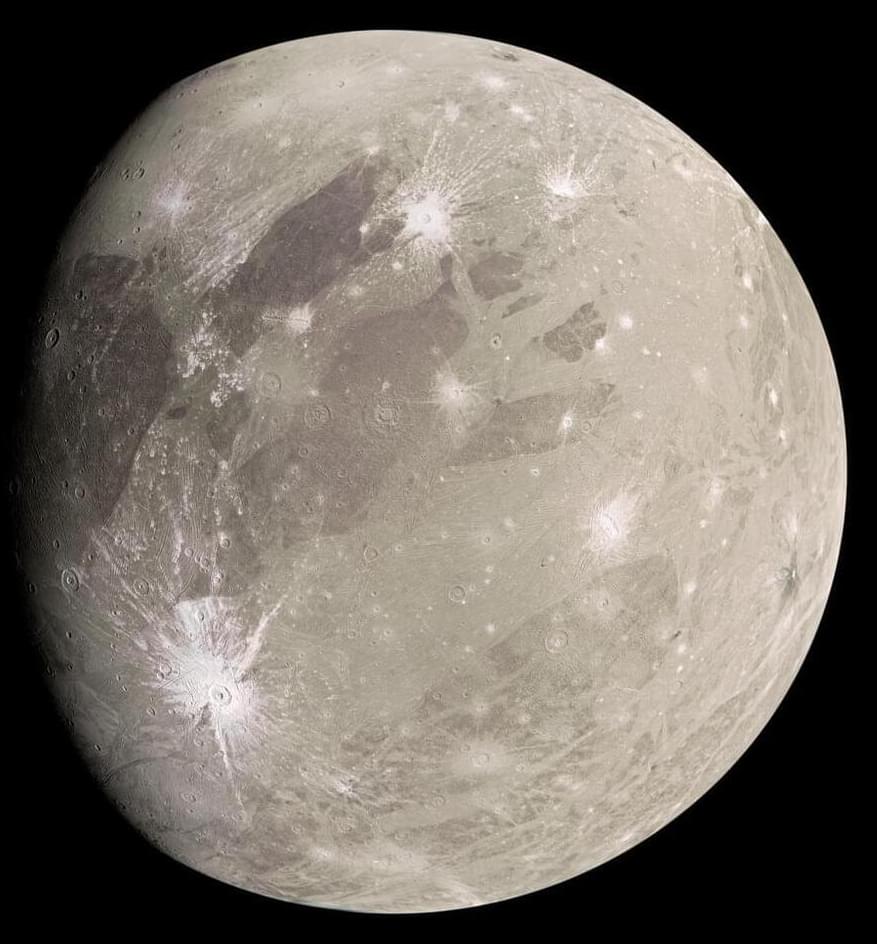A brand new comet, known as a sungrazer, has been discovered. It is predicted to be extremely bright.



For decades, researchers have observed that rates of evolution seem to accelerate over short time periods—say five million years versus fifty million years. This broad pattern has suggested that “younger” groups of organisms, in evolutionary terms, have higher rates of speciation, extinction and body size evolution, among other differences from older ones.
The foundation hopes to prevent extinctions, and obtain the necessary biological material to safeguard genetic diversity.
Already backed by a confirmed $50 million in funding, its goal is to halt the extinction crisis through three key conservation focus points.
The Colossal Foundation’s first key…
Who ever said you can’t save a few species on the way to de-extincting a mammoth?

Around 4 billion years ago, an asteroid hit the Jupiter moon Ganymede. Now, a Kobe University researcher realized that the Solar System’s biggest moon’s axis has shifted as a result of the impact, which confirmed that the asteroid was around 20 times larger than the one that ended the age of the dinosaurs on Earth, and caused one of the biggest impacts with clear traces in the Solar System.
Ganymede is the largest moon in the Solar System, bigger even than the planet Mercury, and is also interesting for the liquid water oceans beneath its icy surface. Like the Earth’s moon, it is tidally locked, meaning that it always shows the same side to the planet it is orbiting and thus also has a far side. On large parts of its surface, the moon is covered by furrows that form concentric circles around one specific spot, which led researchers in the 1980s to conclude that they are the results of a major impact event. “The Jupiter moons Io, Europa, Ganymede and Callisto all have interesting individual characteristics, but the one that caught my attention was these furrows on Ganymede,” says the Kobe University planetologist HIRATA Naoyuki. He continues, “We know that this feature was created by an asteroid impact about 4 billion years ago, but we were unsure how big this impact was and what effect it had on the moon.”
Data from the remote object is scarce making research very difficult, and so Hirata was the first to realize that the purported location of the impact is almost precisely on the meridian farthest away from Jupiter. Drawing from similarities with an impact event on Pluto that caused the dwarf planet’s rotational axis to shift and that we learned about through the New Horizons space probe, this implied that Ganymede, too, had undergone such a reorientation. Hirata is a specialist in simulating impact events on moons and asteroids, so this realization allowed him to calculate what kind of impact could have caused this reorientation to happen.




British scientists have stored DNA information for an entire human on a crystal, which could be used to bring back humanity if we become extinct.
The team from the University of Southampton’s Optoelectronics Research Centre (ORC) used lasers to inscribe the data on a 5D crystal, which they said can survive for billions of years.
Unlike other storage formats, it does not degrade over time.

In 1971, English mathematical physicist and Nobel-prize winner Roger Penrose proposed how energy could be extracted from a rotating black hole. He argued that this could be done by building a harness around the black hole’s accretion disk, where infalling matter is accelerated to close to the speed of light, triggering the release of energy in multiple wavelengths.
Since then, multiple researchers have suggested that advanced civilizations could use this method (the Penrose Process) to power their civilization and that this represents a technosignature we should be on the lookout for.
Examples include John M. Smart’s Transcension Hypothesis, a proposed resolution to the Fermi Paradox where he suggested advanced intelligence may migrate to the region surrounding black holes to take advantage of the energy available.

How did a giant impact 4 billion years ago affect Jupiter’s moon, Ganymede? This is what a recent study published in Scientific Reports hopes to address as a researcher from Kobe University investigated the geological changes known as a “furrow system” that Ganymede has exhibited since being struck by a giant asteroid in its ancient past, along with confirming previous hypotheses regarding the size of the asteroid. This study holds the potential to help scientists better understand how the very-active early solar system not only contributed to Ganymede’s but how such large impacts could have influenced the evolution of planetary bodies throughout the solar system.
“The Jupiter moons Io, Europa, Ganymede and Callisto all have interesting individual characteristics, but the one that caught my attention was these furrows on Ganymede,” said Dr. Naoyuki Hirata, who is an assistant professor in the Department of Planetology at Kobe University and sole author of the study. “We know that this feature was created by an asteroid impact about 4 billion years ago, but we were unsure how big this impact was and what effect it had on the moon.”
For the study, Dr. Hirata used a series of mathematical calculations to ascertain the size of the object that impacted Ganymede billions of years ago along with the angle of impact that produced the furrow system. In the end, Dr. Hirata determined that the impactor’s radius was approximately 93 miles (150 kilometers) and the angle of impact was potentially between 60 to 90 degrees, resulting in the furrows that overlay a significant portion Ganymede’s surface. For context, Ganymede is not only the largest moon in the solar system at a radius of 1,637 miles (2,634 kilometers), but it is also larger than the planet Mercury.